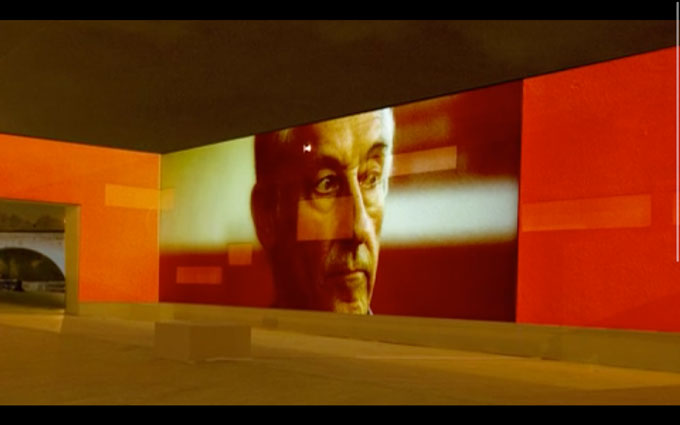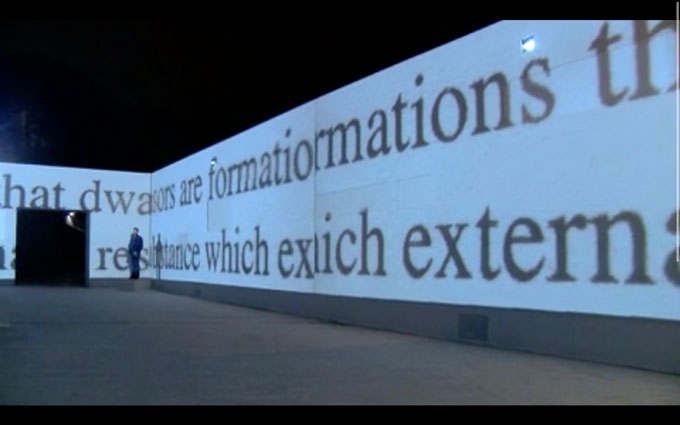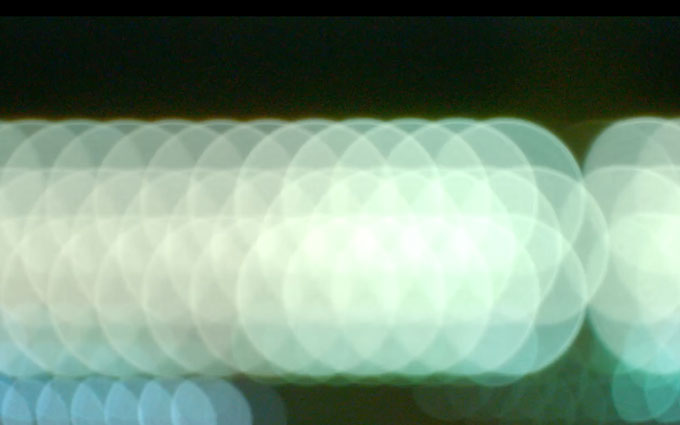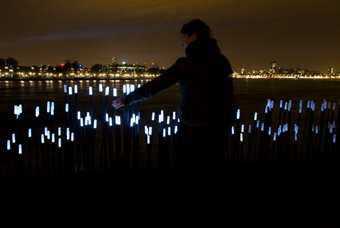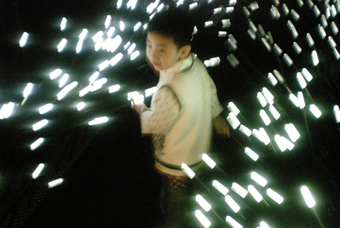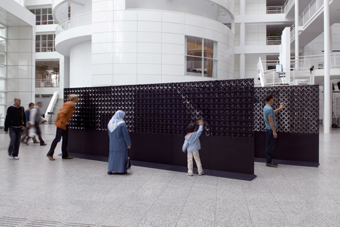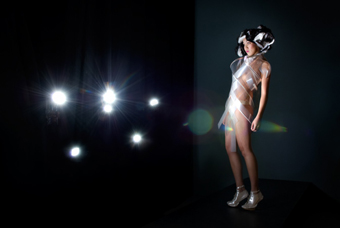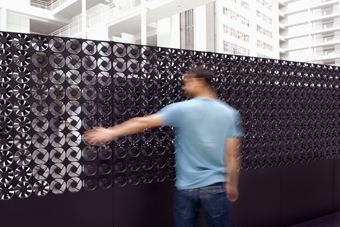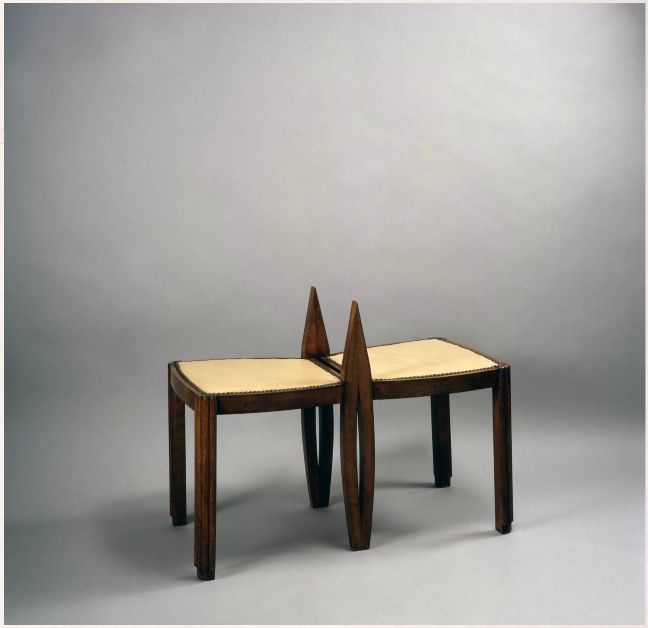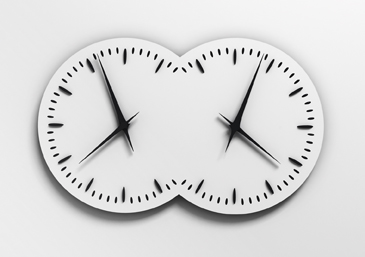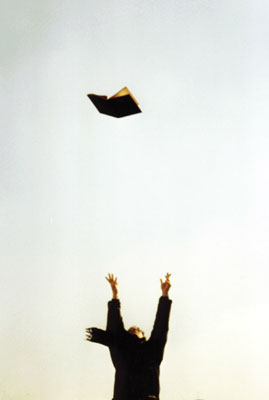updated as of : 2015.06
where is the interface? why can't a wall be an interface? how about a space, a void? is that not an interface? things are unfinished. some patterns seem to be emerging. talk is not about the things, object/images or otherwise, that occupy the wall but more about the ideas which surround them. the embedded meaning or rather the residual value which they impart. their place in the context of greater meaning or whether they even have a place within the space they temporarily inhabit? how to transport a viewer elsewhere? i enjoy encountering a space and making decisions in the moment. how much content to include? where should they be positioned? what is their relation to each other? is there one? a minimalist aesthetic? can one object/image carry that much weight? ...
... i was told to wait ...
images below from 'global / local' summer seminar whitecliffe college of arts and design mfa mid-course submission : 2015.02.16-22 : install at Pearce Gallery and SGBR Studio, 130 Georges Bay road, parnell, auckland
Information shadows
Our thirst for knowledge and our appetite for understanding is what has propelled humanity forward. As we continue to broaden the knowledge based economies of our interconnected lives the data and information we manufacture acts as a conduit where the content we exchange contains a new form of labour. This ‘user activated labour’ results from a transaction where the value of exchange is not immediately one of economics but rather an exchange of information ripe for harvesting. Objects and resources are embedded with an information shadow and as we engage with our data driven society we extend the value of any given resource beyond its sole purpose as a commodity. The information presented here acts as a mediating point and seeks to explore the possibilities where concepts and ideas might exist beyond the boundaries of their function and intent. The accompanying QR codes link to a digital space where ideas exist in another dimension. These black and white cryptographs act as an interface between a physical world and the digital universe.
You will need to download a QR reader to your device to scan and follow the links.
update: 2015.06
This project began as the Data Syphons project.01 on blended-theory. It has since been absorbed into the transparency in exile: eighty-eight or there abouts project. They straddle the same subject matter and as these projects continue to be refined they will migrate into more specific lines of inquiry.

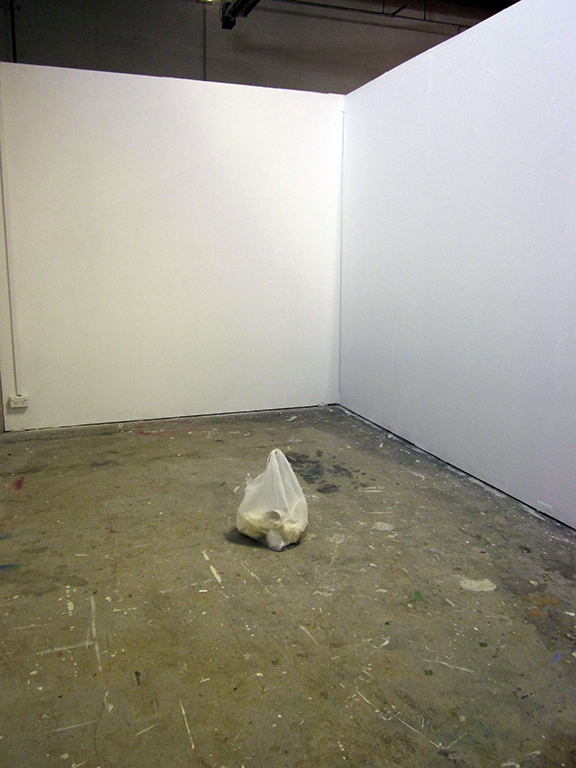
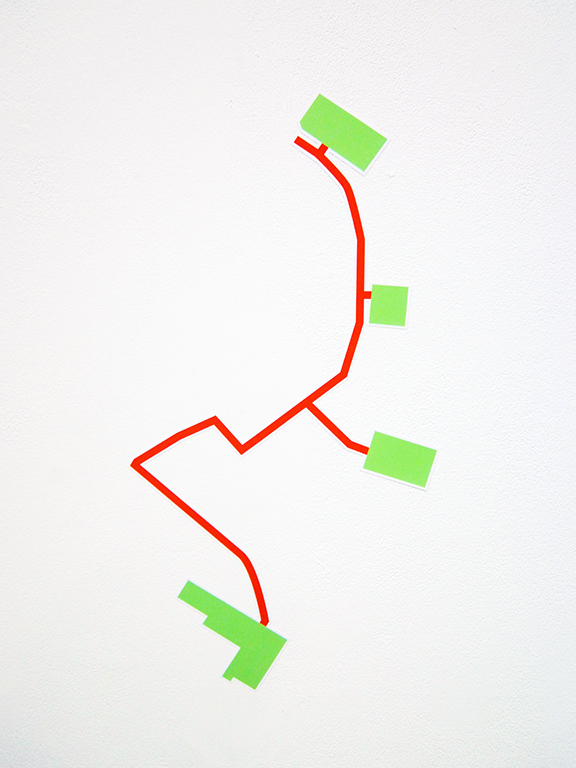

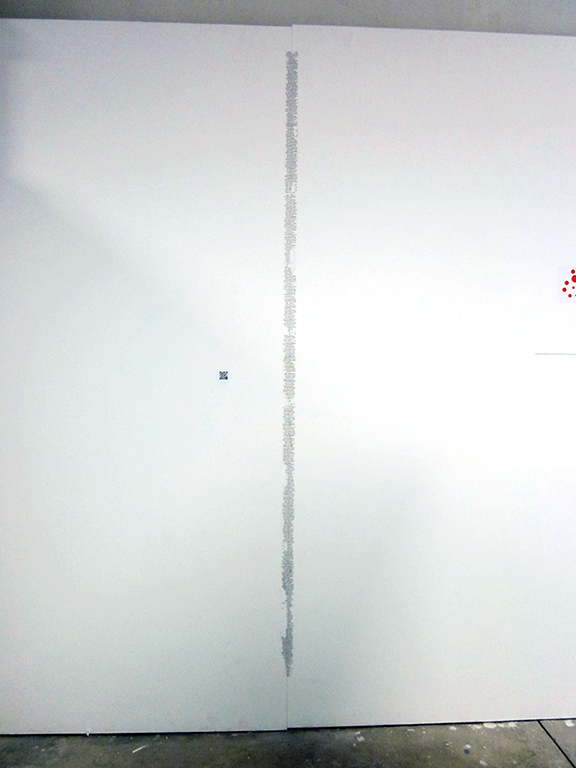
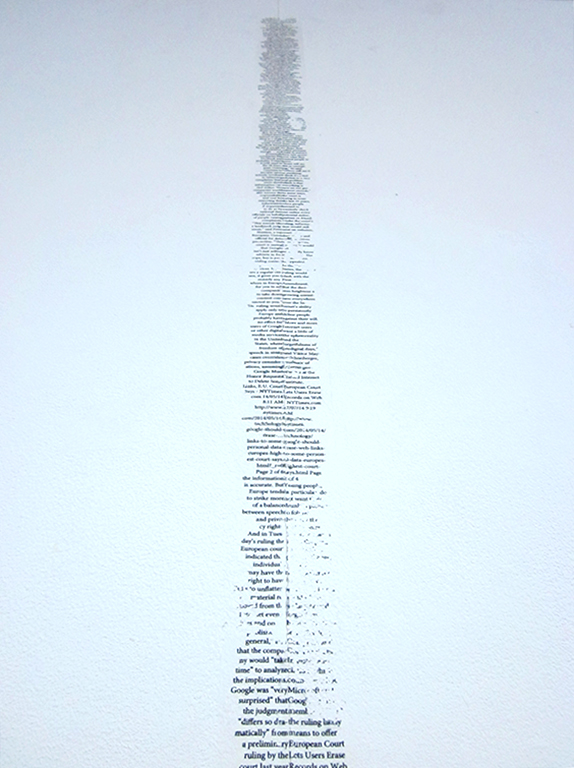
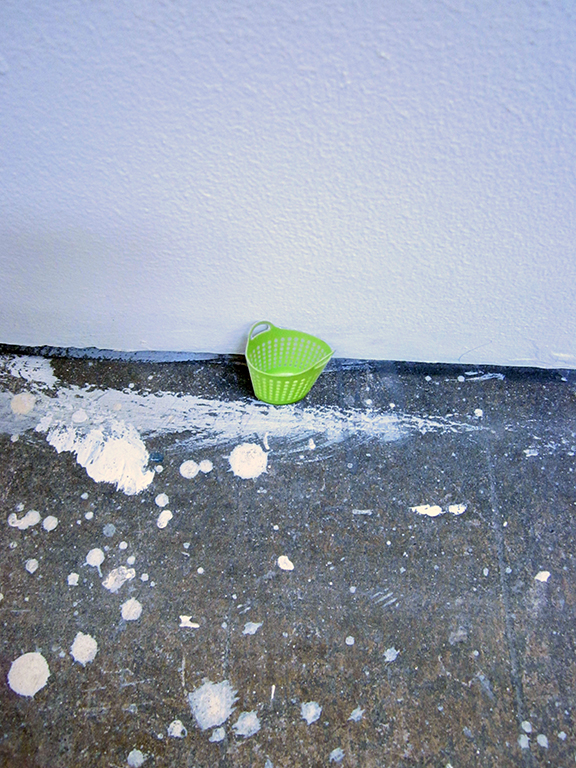
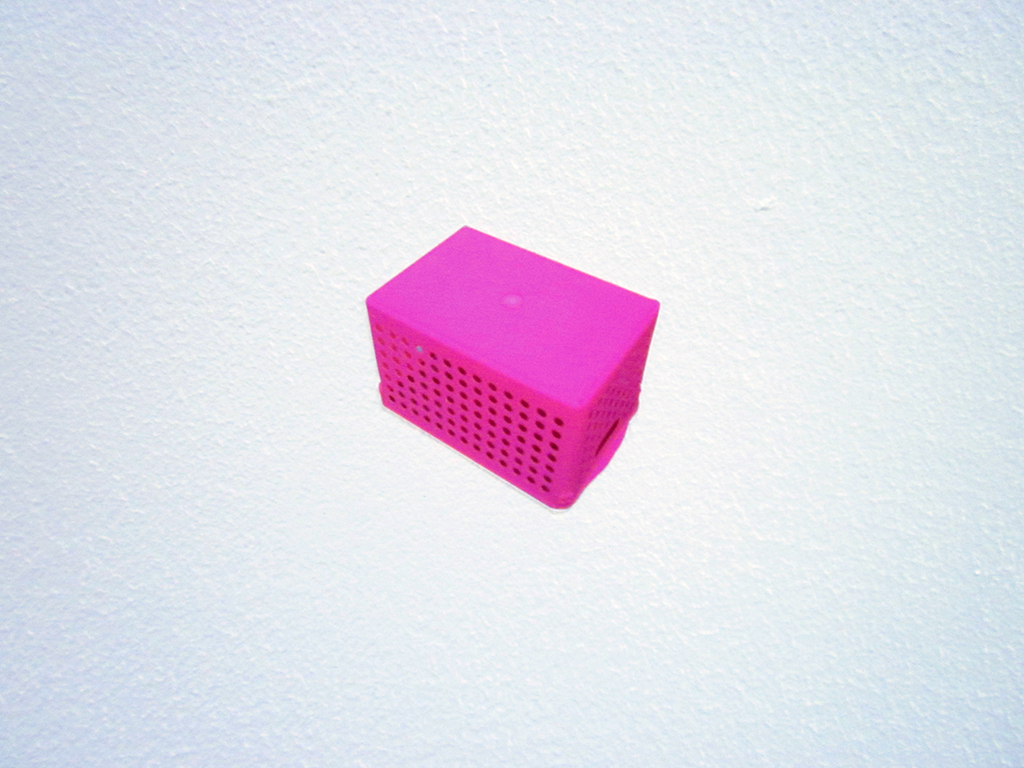
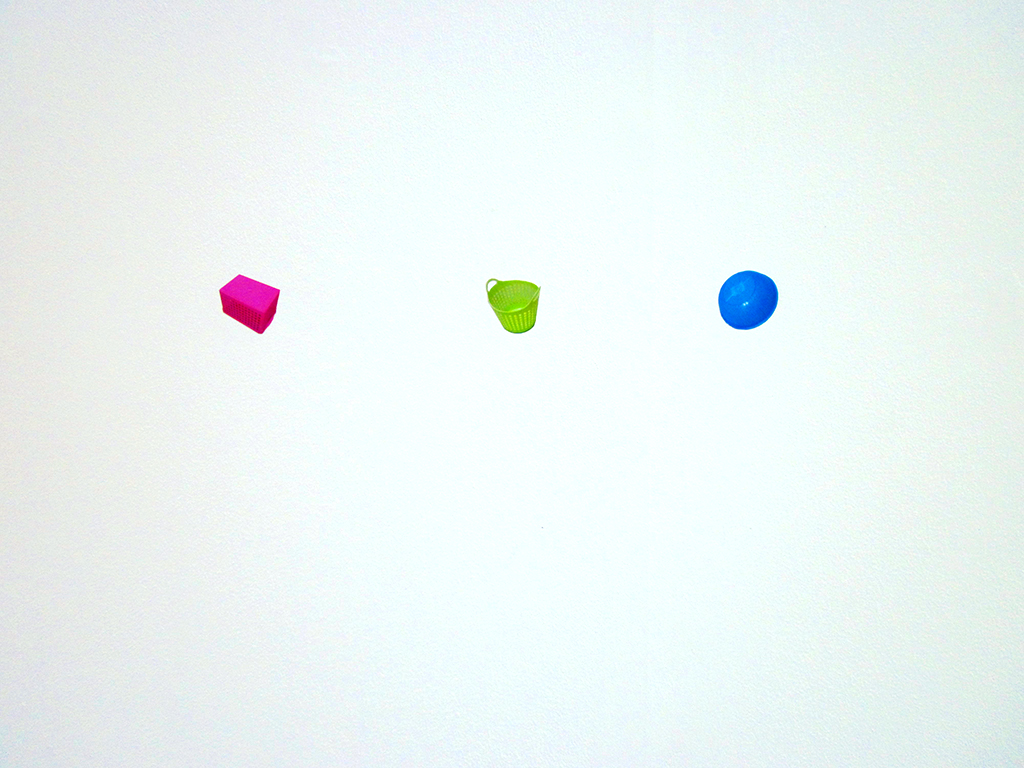
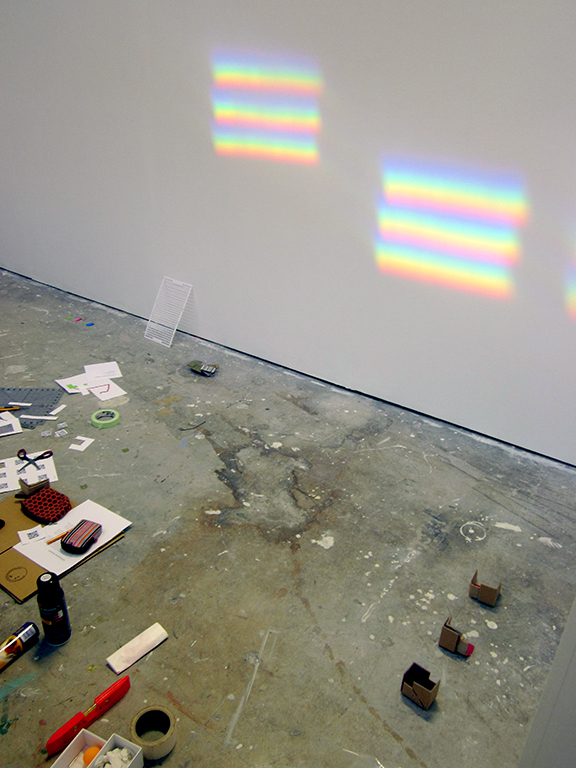
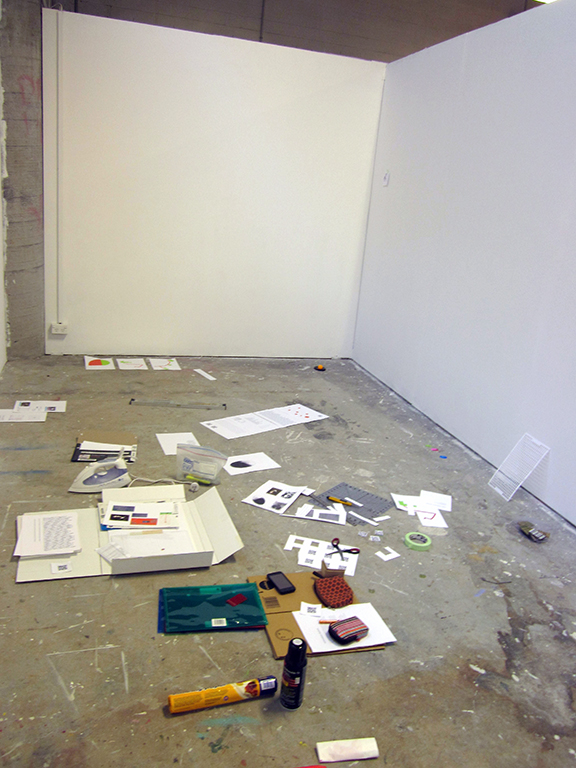
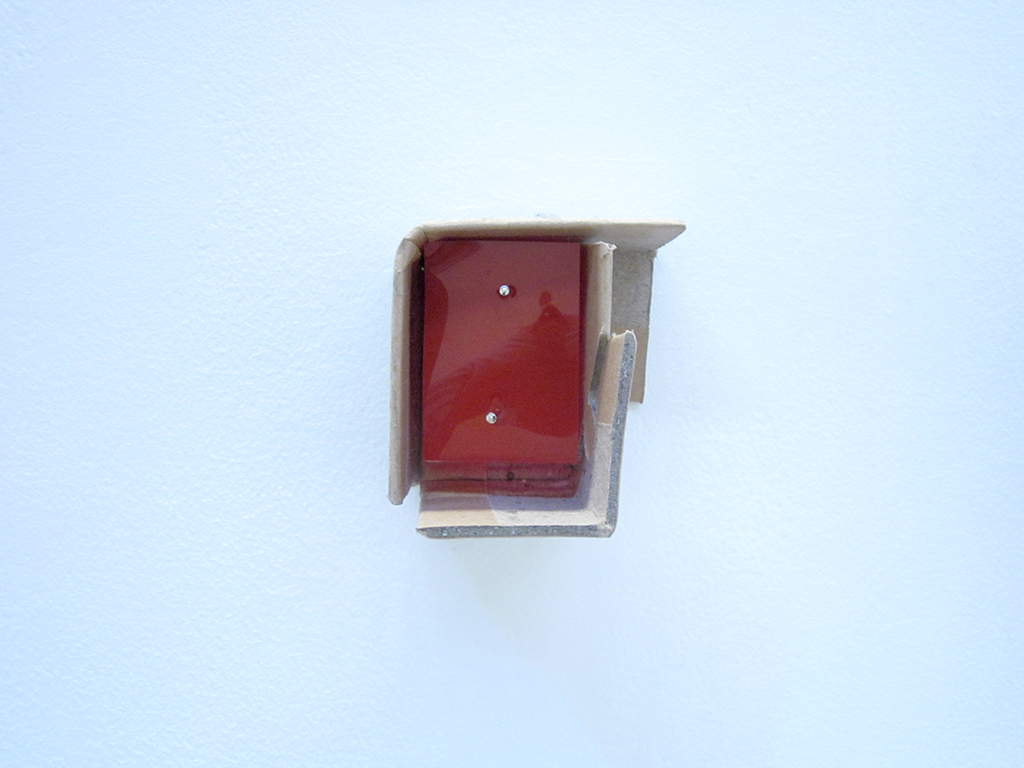

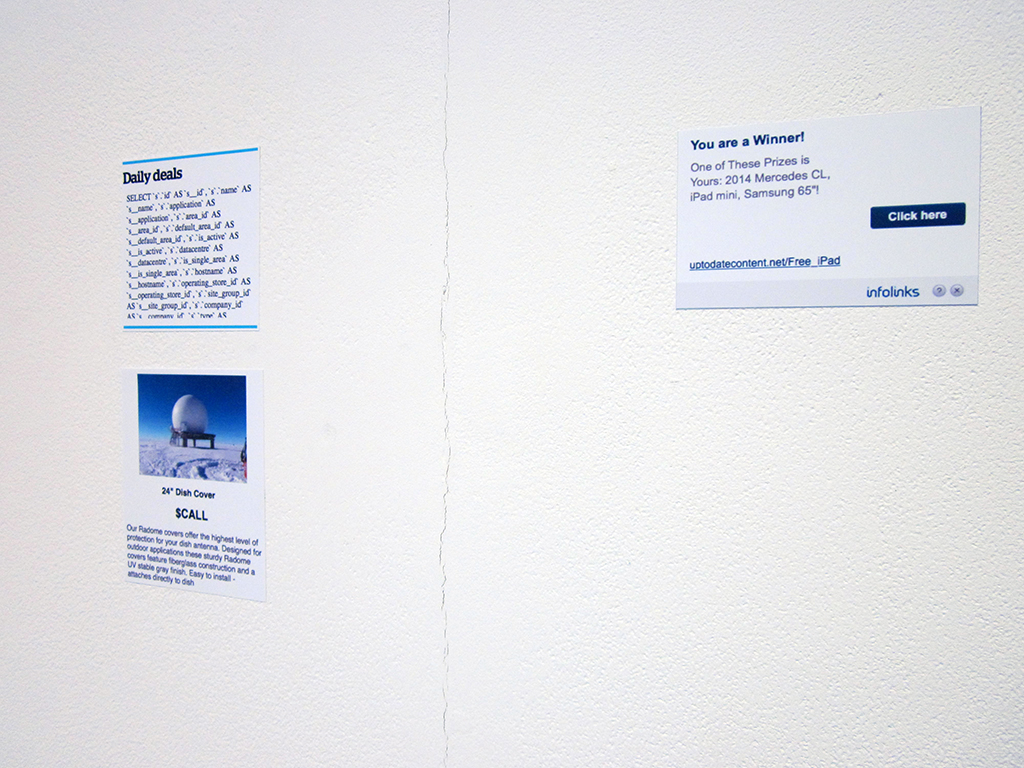
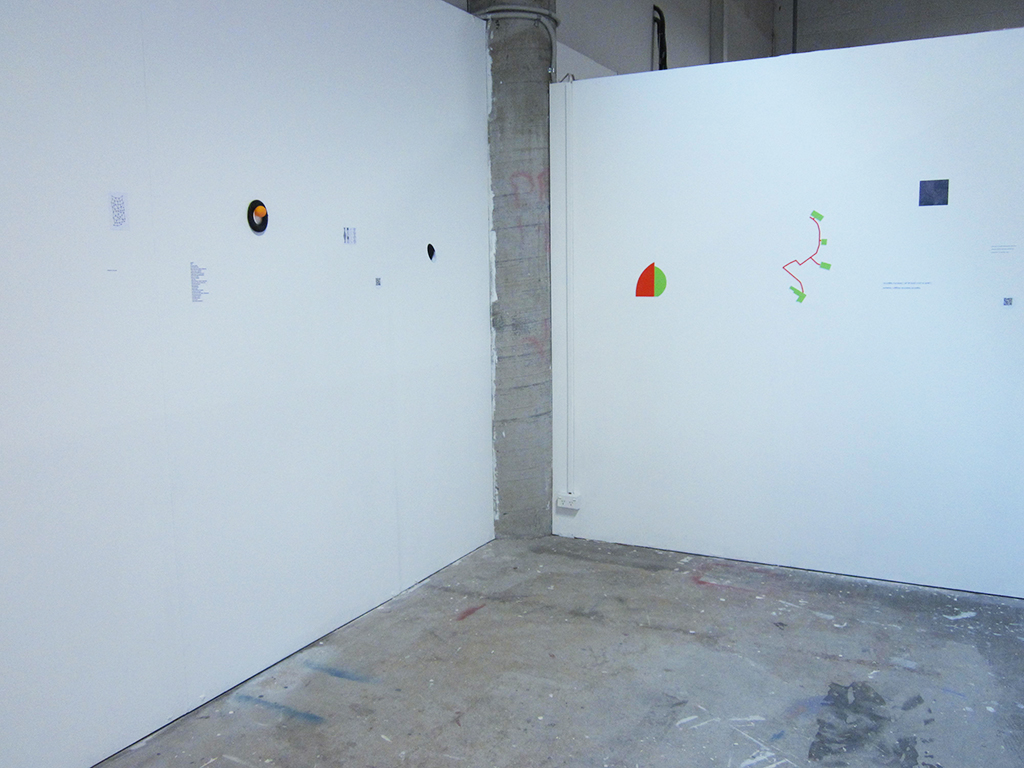
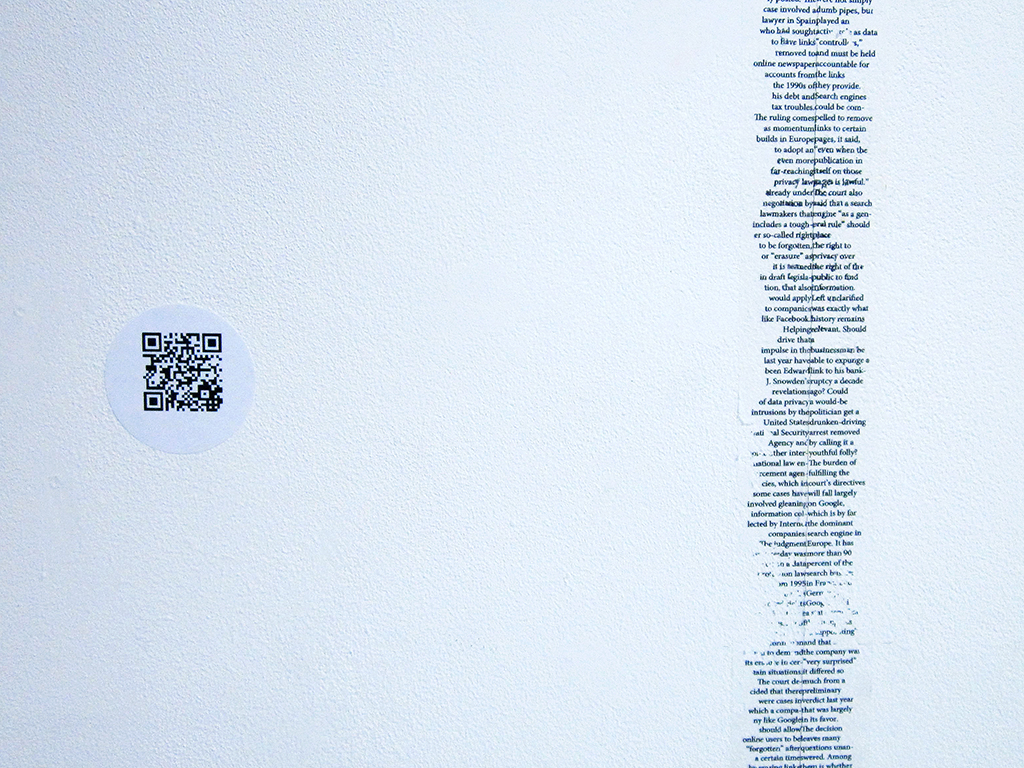

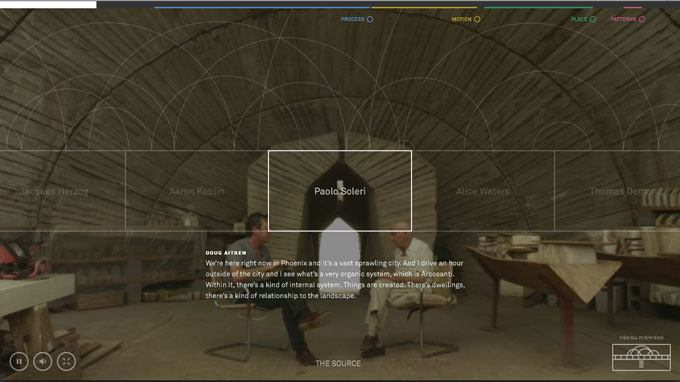 process | patterns | chaos | motion | place
process | patterns | chaos | motion | place